Assuming that the following code has been executed successfully, select the expressions which evaluate to True (Select two answers)
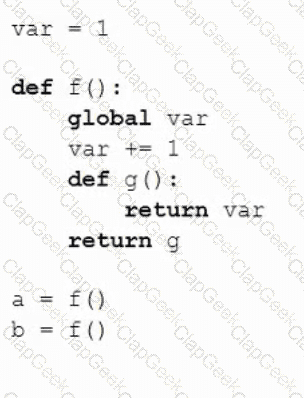
If you want to access an exception object's components and store them in an object called e, you have to use the following form of exception statement
Which of the following lines of code will work flawlessly when put independently inside the inc ( ) method in order to make the snippet’s output equal to 3? (Select two answers)
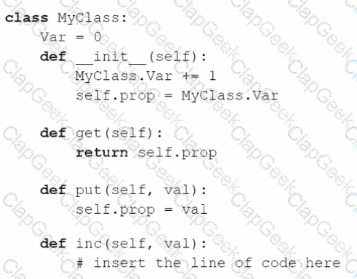

Assuming that the following piece of code has been executed successfully, which of the expressions evaluate to True? (Choose two.)
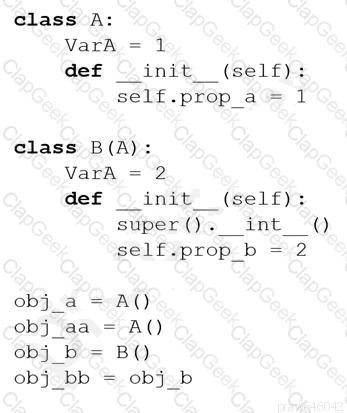
What is the expected behavior of the following code?
x - 3 % 1
y -1 if x > else 0
print (y)
A Python module named pymod.py contains a variable named pyvar.
Which of the following snippets will let you access the variable? (Select two answers)
Which of the following snippets will execute without raising any unhandled exceptions? (Select answers)
A)
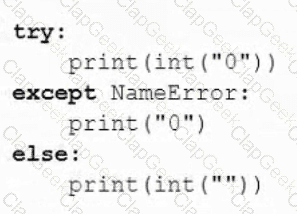
B)
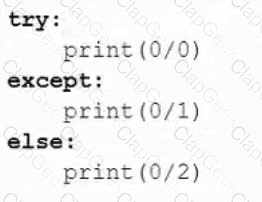
C)
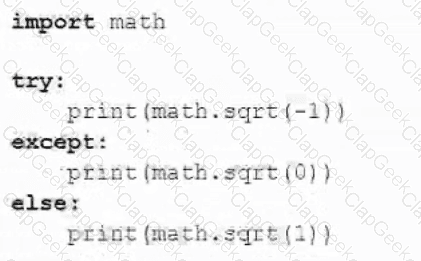
D)
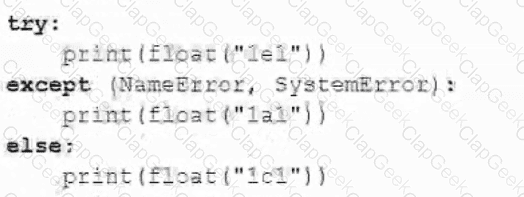
Assuming that the code below has been placed inside a file named code.py and executed successfully, which of the following expressions evaluate to True? (Select two answers)
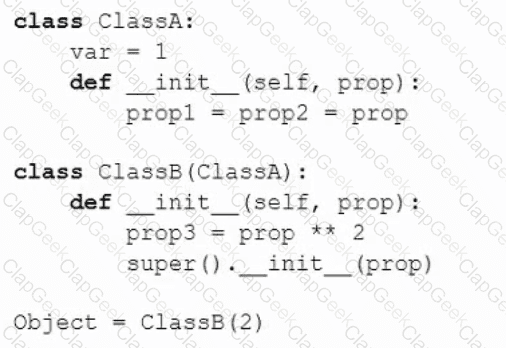
Assuming that the following snippet has been successfully executed, which of the equations are False? (Select two answers)
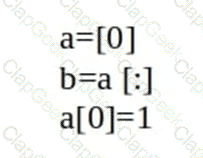
You are going to read 16 bytes from a binary file into a bytearray called data. Which lines would you use? (Select two answers)
What can you do if you don't like a long package path tike this one0 import alpha.beta.gamma.delta.epsiIon.zeta
Which of the following literals reflect the value given as 34.23? (select two answers)
Assuming that the math module has been successfully imported, which of the following expressions evaluate to True? (Select two answers)
What would you use instead of XXX if you want to check whether a certain ‘ key' exists in a dictionary called diet? (Select two answers)
II
if XXX:
print("Key exists")
What is the expected output of the following code if there is no file named non existing_file inside the working directory?

What is the expected output of the following code?
def foo(x,y,z):
return x(y) - x(z)
print{f00(lambda x: x % 2, 2, 1) )
What can you deduce from the following statement? (Select two answers)
str = open('file.txt', "rt")
Assuming that the following snippet has been successfully executed, which of the equations are True? (Select two answers)
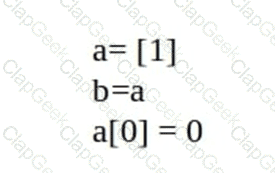
You need data which can act as a simple telephone directory. You can obtain it with the following clauses (choose two relevant variants; assume that no other items have been created before)
If you want to transform a string into a list of words, what invocation would you use? (Select two answers)
Expected output:

What is the expected output of the following code if the file named existing_text_file is a non-zero length text file located inside the working directory?
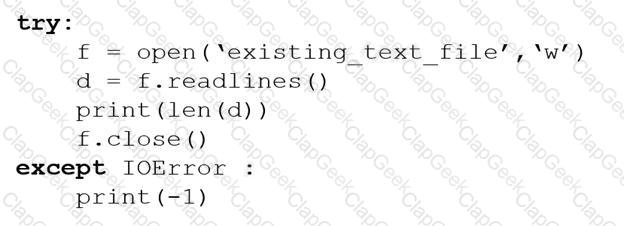
The following class hierarchy is given. What is the expected output of the code?
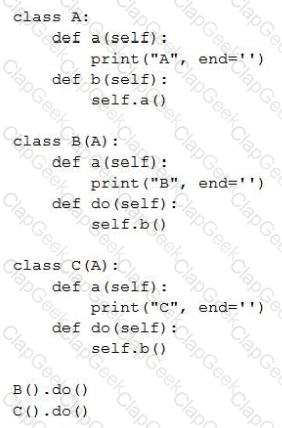
Which of the listed actions can be applied to the following tuple? (Select two answers)
A property that stores information about a given class's super-classes is named:
What is the expected behavior of the following code?
x = 8 ** (1/3)
y = 2. if x < 2.3 else 3.
print(y)


